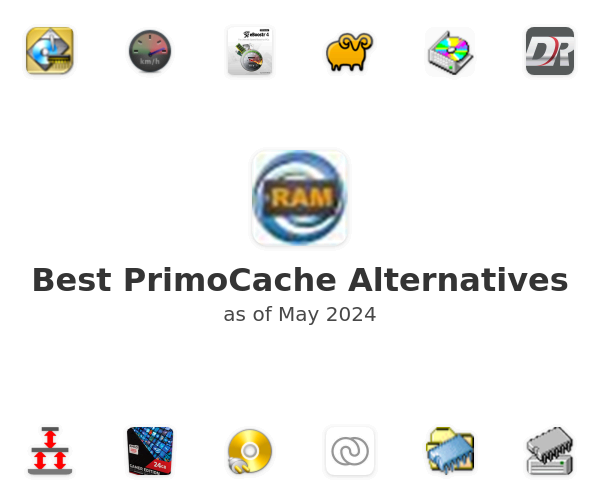
Once SSD caching is up and running, it takes care of itself with virtually no user intervention. If you run a multitude of applications simultaneously, the benefits will be obvious, while if you run the same program day after day while processing large format files, the benefits will be marginal. From a user perspective, this means that programs that depend on small packets of data work well, while those that depend on capacitive media like high quality video and audio files do not. To continue on the topic of limiting factors, the inner workings of SRT are a well-kept secret and Intel does not provide any details on how the technology verifies what data is worth caching, although noticeable trends suggest that There is a set cap on the size of data that can be cached, weighing a handful of MB at most.įor anything heavier, the system will revert to the slowest data source on the hard drive. If you have been running without restarting for several hours and have opened and then closed various programs and decided to open them again, the SSD will do nothing to speed up the process. Likewise, launching Steam and your favorite game after a restart will be much faster with SSD caching.
#Fancycache vs primocache windows
The reason for this is that in all other cases there is a good chance that crucial and frequently accessed data is already stored by the system RAM and since RAM is incredibly faster than any hard drive storage, Whether on SSD or HDD, SSD caching does nothing to improve speed as data is already available much faster from RAM.Īs you can see, the main benefit of SSD caching is most obvious when starting Windows : the operating system is in a usable state much earlier than on a cached non-SSD system. A restart cleans the CPU cache and RAM, making the SSD cache the starting location for data. There is a memory hierarchy that goes from CPU cache, to RAM, to SSD cache, and then to hard drive.
#Fancycache vs primocache Pc
SSD caching only offers a tangible benefit when a system is in a state we call “clean”, such as starting a PC after it has been shut down, restarting Windows, or performing an initial operation. They are, however, notoriously unreliable and pose a litany of problems.
#Fancycache vs primocache software
Systems with AMD chipsets require the user to use third-party software to emulate SSD caching because AMD has not yet developed or integrated competing technology into its chipsets.įortunately, there are many software solutions such as Fanc圜ache and PrimoCache. To make matters worse, Intel is not using technology in all of its chipsets, which limits the hardware configurations the user can expect to have while still being able to perform SSD caching. Intel invented SSD caching technology, Smart Response Technology (SRT), and the proprietary iteration of this mechanism is only available on out-of-the-box SRT motherboards with Intel chipsets. In real terms, caching an SSD would involve a small size SSD, say 40GB, in tandem with a larger traditional hard drive with, say, 1TB of storage. The speed of an SSD is about ten times that of a hard drive for most tasks, with the SSD inherently performing better for reads of small random access drives that define the bulk of the day-to-day tasks within a computer. Thus, a cache memory allows the system to access data much faster than if it were retrieved and read from its final resting place on a hard drive, improving the performance of memory-dependent tasks.įor SSD caching, the basic concept is to provide a much faster and more responsive SSD as a temporary storage unit for frequently requested data such as basic operating system operational scripts and files that are stored. load faster, eliminating the need to retrieve internet data from the hosting server. In the case of processors, the cache is made up of flash memory that can be accessed faster than standard system RAM, while browser caches store components of frequently visited sites so that they can be accessed.

SSD caching, or as it’s correctly called, SSD caching, is a data management mechanism developed by Intel in the early 2010s that uses a small hard drive as a cache for a typically larger hard drive.Ī cache is hardware or software memory designed to store commonly used data for easy and quick access.

A helping hand or a profitable investment? We dived into the subject to shed some light on everything there is to know about SSD caching. Today we take a look at another often confusing computing term that promises to improve performance through judicious use of a small SSD as a cache.


 0 kommentar(er)
0 kommentar(er)
